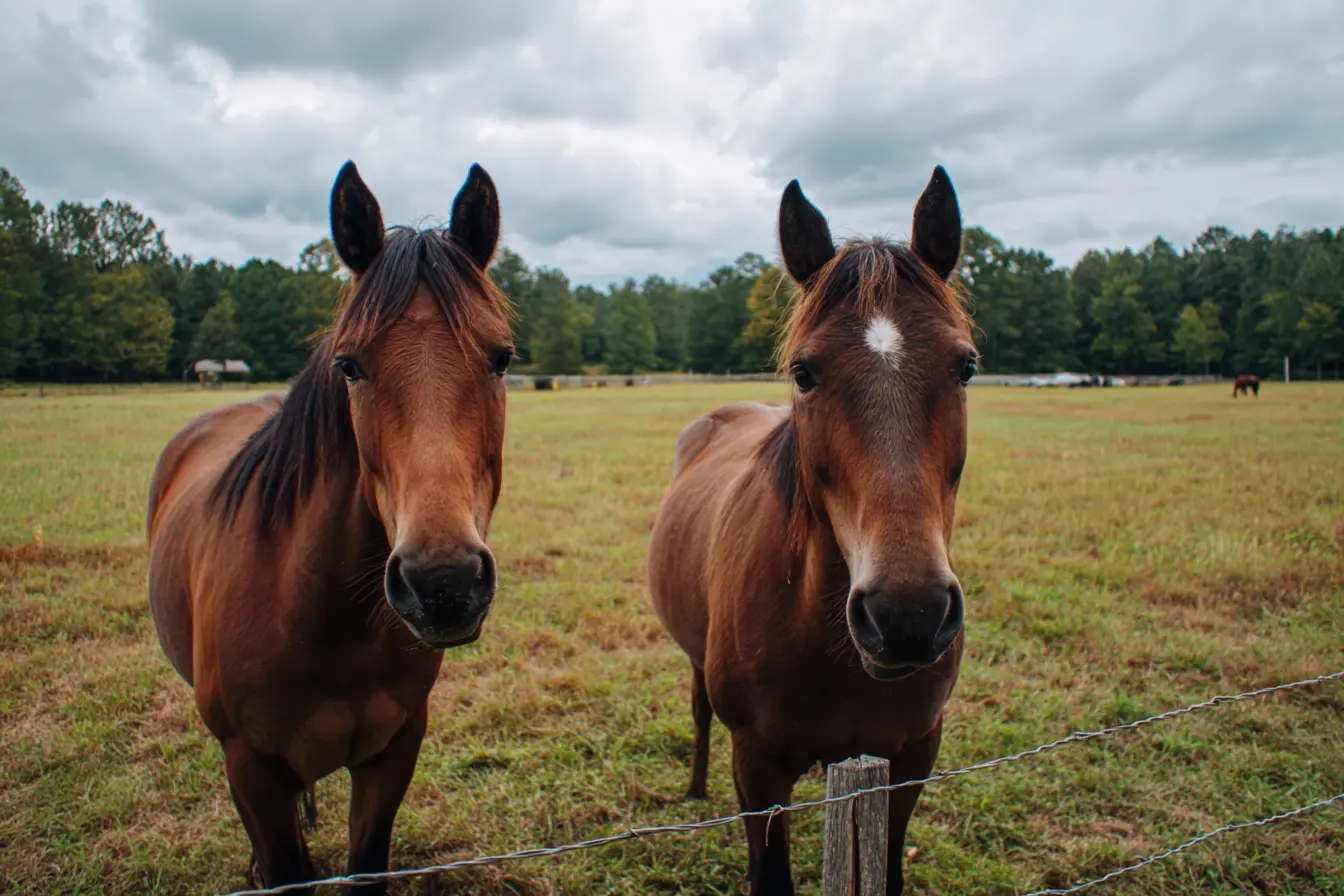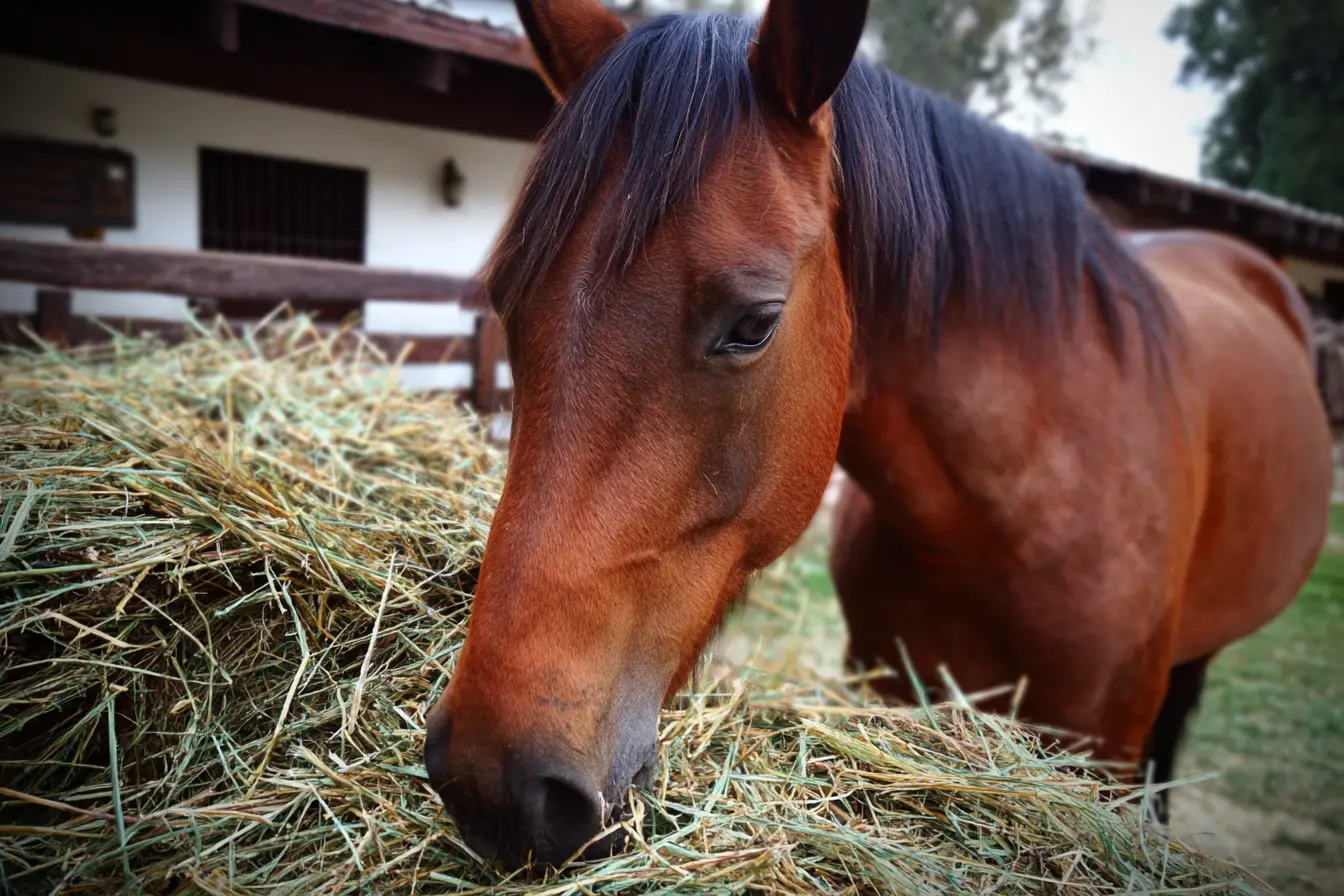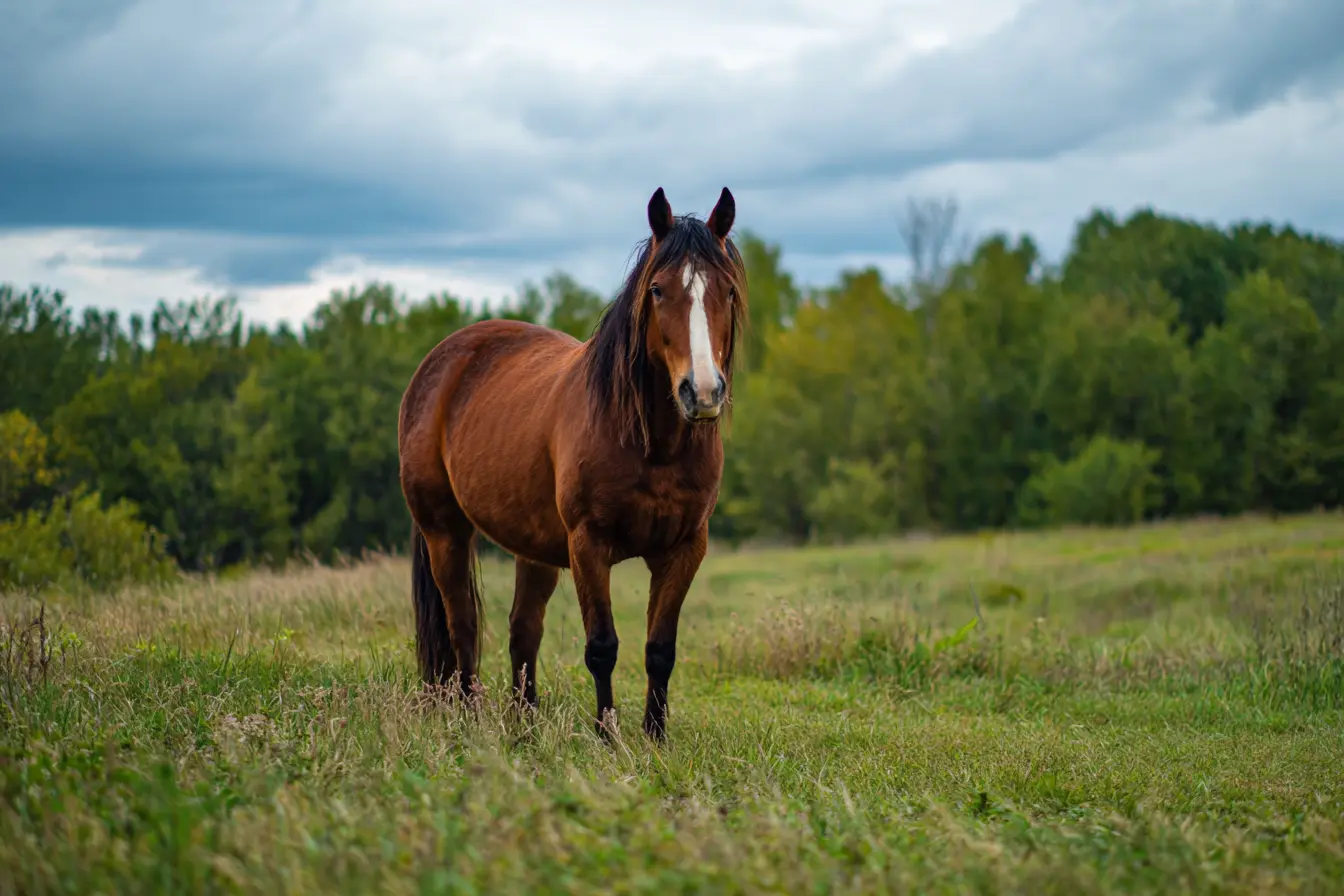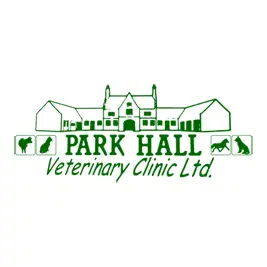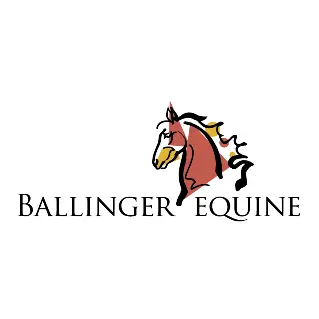
Breeding from a Stallion: Everything You Need to Know
Breeding from a stallion can be a rewarding but challenging undertaking. It involves far more than simply allowing him to cover mares. Responsible stallion management requires careful planning, specialist facilities, a solid understanding of equine reproduction, and a commitment to the welfare and safety of both the stallion and the mares involved.
This post explains everything you need to know about breeding from a stallion, from selecting a suitable stallion and preparing him for breeding, to managing coverings, collecting semen for artificial insemination, maintaining health and fertility, and understanding the responsibilities that come with standing a stallion at stud.
Choosing a Stallion for Breeding
Not every stallion is suitable for breeding. The choice of breeding stallion should be based on more than appearance alone.
-
Conformation and soundness
The stallion should be well-built, structurally correct, and free from lameness or hereditary defects. -
Temperament
A good temperament is essential, as it is heritable and directly affects the trainability and safety of his offspring. -
Performance and pedigree
Successful competition results, proven working ability, or desirable bloodlines make a stallion more attractive to breeders. -
Health and genetic testing
The stallion should be tested for infectious diseases such as equine viral arteritis (EVA), equine infectious anaemia (EIA), and contagious equine metritis (CEM), as well as any relevant genetic conditions. -
Fertility
A fertility check or test breeding can confirm that the stallion is producing viable sperm and is capable of getting mares in foal.
Only stallions with proven quality, good health, and appropriate management should be used for breeding.
Preparing a Stallion for the Breeding Season
Breeding requires both physical and behavioural preparation.
- Veterinary examination to ensure fitness, soundness, and fertility
- Vaccinations, deworming, and dental care up to date
- Condition management: the stallion should be fit but not overweight
- Behavioural training and good ground manners are essential to ensure safety during covering or collection
- Establish clear handling routines and use experienced handlers
A stallion that is well-prepared and well-managed will perform more safely and effectively during the breeding season.
Breeding Methods
There are two main ways to use a stallion for breeding:
Natural covering
- The stallion physically covers the mare.
- Usually done in a controlled environment such as a breeding shed or teasing yard.
- Requires experienced handlers to restrain both stallion and mare safely.
- Mares are usually teased daily to determine when they are in season, and covered at the optimal time.
- Can carry a higher risk of injury or disease transmission compared to artificial insemination.
Artificial insemination (AI)
- Semen is collected from the stallion and inserted into the mare by a vet.
- Safer for both horses and handlers, and reduces risk of disease.
- Allows semen to be chilled or frozen and shipped to mares elsewhere.
- Requires training the stallion to mount a dummy and ejaculate into an artificial vagina.
- Requires specialist equipment, facilities, and expertise.
Many stallion owners offer both options, but AI is increasingly common because it allows more mares to be bred safely and efficiently.
Managing Stallion Behaviour During Breeding
Breeding behaviour must be carefully controlled to keep everyone safe.
- Use experienced, confident handlers who are familiar with stallion behaviour.
- Establish strict routines and cues so the stallion understands when breeding is expected.
- Keep breeding activities separate from normal handling or riding to prevent confusion.
- Never allow the stallion to dictate behaviour or become pushy or aggressive.
- Provide regular daily exercise to reduce excess energy and frustration.
Clear boundaries, consistency, and calm handling are essential to prevent dangerous behaviour and keep the stallion manageable outside the breeding shed.
Record Keeping and Mare Management
Accurate records are essential for responsible stallion breeding.
- Record details of every mare covered or inseminated, including dates and outcomes.
- Confirm that mares are healthy, disease-tested, and suitable for breeding before they are covered.
- Work with a vet to time coverings or inseminations accurately based on the mare’s cycle.
- Follow all rules set by breed societies or studbooks regarding registration and covering certificates.
Good organisation ensures traceability and helps evaluate the stallion’s fertility and performance as a sire.
Health, Fertility, and Welfare Considerations
Standing a stallion at stud carries significant responsibilities.
- Provide regular veterinary checks and fertility assessments.
- Monitor semen quality throughout the season to detect any issues early.
- Maintain strict biosecurity and hygiene to prevent the spread of disease.
- Provide appropriate stabling, turnout, and exercise to support mental and physical health.
- Ensure the stallion’s welfare is always prioritised over maximising the number of mares bred.
Overuse, poor management, or inadequate facilities can damage the stallion’s health, behaviour, and reputation.
Legal and Ethical Responsibilities
Owning and standing a breeding stallion comes with legal and ethical duties.
- You are legally responsible for the safety and welfare of your stallion, the mares, and the people handling them.
- You must comply with UK animal welfare legislation and breeding regulations.
- Breeding should only be undertaken to produce healthy, well-bred foals with a purpose and realistic future.
- Public liability and specialist insurance are essential for anyone standing a stallion at stud.
- Consider the potential impact on the horse population and avoid contributing to overbreeding.
Responsible breeding protects the welfare of horses and maintains the reputation of the stud.
After the Breeding Season
At the end of the season, the stallion should be gradually returned to a normal routine.
- Reduce breeding-related stimuli to help lower hormonal behaviours.
- Maintain consistent handling and training.
- Monitor weight, condition, and health through the winter.
- Provide rest, varied exercise, and turnout to support his mental wellbeing.
A well-managed off-season sets the foundation for a successful next season.
Conclusion
Breeding from a stallion is a major responsibility that requires experience, planning, and dedication. From selecting the right stallion and preparing him for breeding, to managing coverings, maintaining health, and upholding welfare and legal obligations, every stage demands care and professionalism.
When done correctly, standing a stallion at stud can be rewarding and can contribute positively to the breed. However, it should never be entered into lightly, and always with the welfare of the horses as the top priority.
Contents
Tags
Vets near you
Speciality vets
- Aquatics vet specialists
- Birds vet specialists
- Camelids vet specialists
- Cats vet specialists
- Cattle vet specialists
- Deer vet specialists
- Dogs vet specialists
- Equines vet specialists
- Exotic vet specialists
- Goats vet specialists
- Pigs vet specialists
- Poultry vet specialists
- Sheep vet specialists
- Small Mammals vet specialists
- Wild vet specialists

